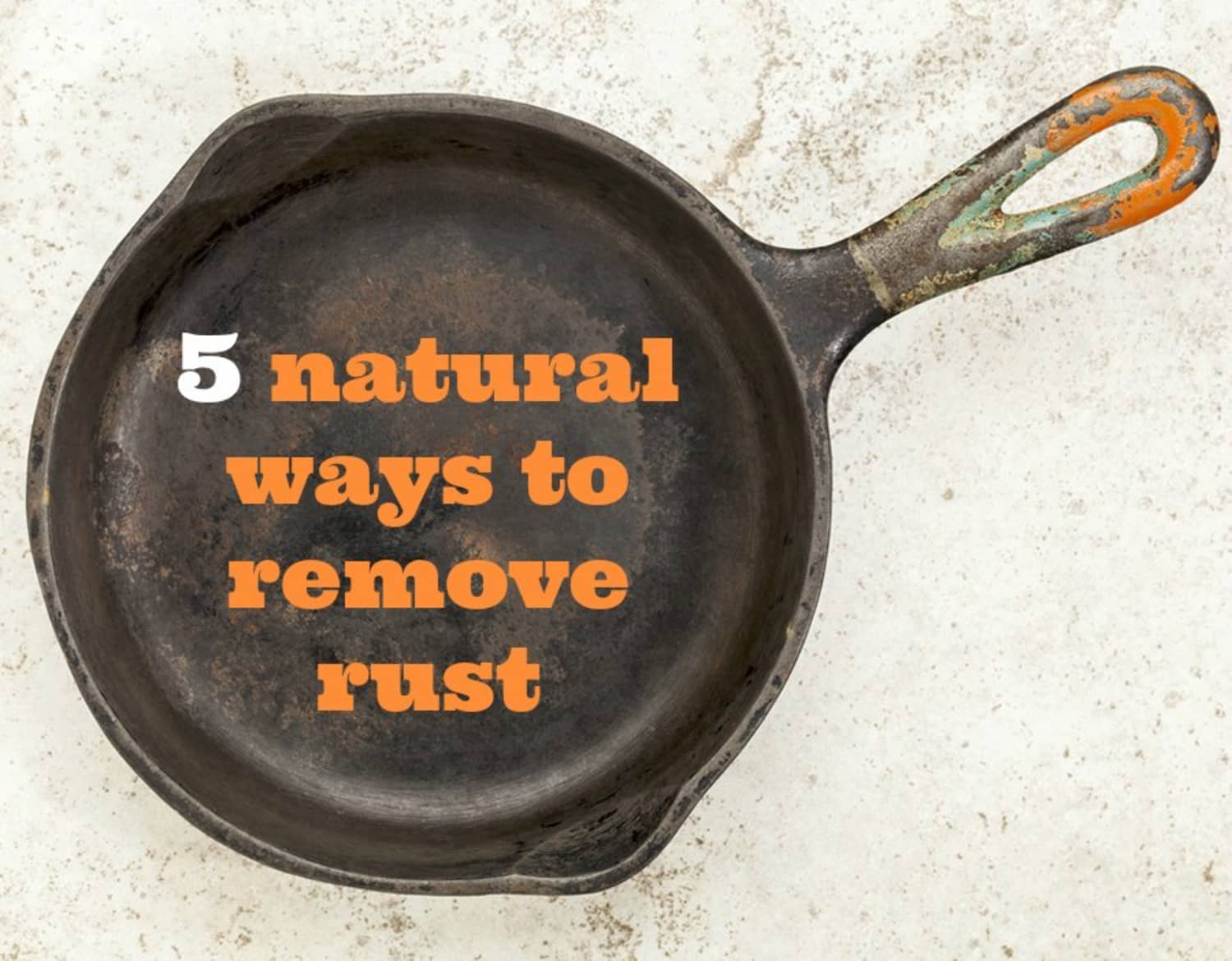

Read on to learn which methods work best, which ones aren’t very effective, the steps involved and when to use them. And even the best rust remover isn’t suited for every application. There are many popular ways to remove rust, but some simply work better than others. However, if the blade of your shovel rusts, you may be able to easily remove the corrosion with an electric sander. An abrasive option also isn’t the best choice for any item with a finish you want to maintain since it can potentially damage the surface.

You won’t be able to get a Dremel into the threads of the rusted nut. This works best on larger items that don’t have a lot of detail. Sometimes, you can use an electric sander, steel wool or rotary tool with an abrasive wheel to remove the rust. It works best on large pieces, like outdoor patio furniture you plan to paint anyway, or items that have extensive corrosion. Rust converter is usually expensive compared to other rust solutions and requires priming and painting after the protective coating cures. When dried, the converter acts as a moisture barrier that protects the item from further corrosion. Since it comes in liquid form, it’s usually applied to the rusted item by spraying or brushing it on. Rust converter usually contains tannic acid and organic polymer. Instead, it converts the rust into a black protective coating (iron phosphate). Rust removers are best for smaller items.Ī rust converter doesn’t remove the rust. You may need to use steel wool to scrub away any remaining rust. To use a rust remover, you either submerge the item in a liquid form or apply a paste and let set up to 24 hours. (Oxalic acid can be found in foods like potatoes and broccoli, which appear in some homemade removal recipes.)Ī store-bought rust remover will generally cost less than the same-sized container of rust converter. Typically, rust remover contains oxalic acid, which can be highly toxic when used in commercial products. However, to completely remove it, you may need to apply some elbow grease. These products and homemade recipes loosen the rust from your item. You can also remove rust with an abrasive tool like steel wool. Some require expensive products while others use common household ingredients, like vinegar. There are several ways to get rid of rust. However, other factors, such as living in an area with a high concentration of salt from the ocean, can intensify the reaction. The more water the metal comes in contact with, the quicker it can be expected to rust. Naturally, increased exposure to water and oxygen can accelerate the process, though. An item can develop rust in days, weeks, months or years. There is no set timeframe when it comes to rust. This includes the water found in humidity.

All it takes to convert steel, iron and iron alloys into rust is oxygen and water. Don’t think your items are safe from rust just because you store them out of the rain or even inside your house. Iron oxide appears as reddish-brown flakes. As its name suggests, iron oxide forms when iron molecules combine with oxygen molecules, something that happens so readily that pure iron is rarely found in nature. Here are some tips to add to your rust removal repertoire. Knowing which one to use, especially in certain circumstances, can greatly improve your results and potentially save you time and money. While it’s not too difficult to get rid of rust, there are countless methods for doing so. From garden shears to gym equipment exposed to the elements, anything made out of steel, iron or iron alloys can rust.


 0 kommentar(er)
0 kommentar(er)
